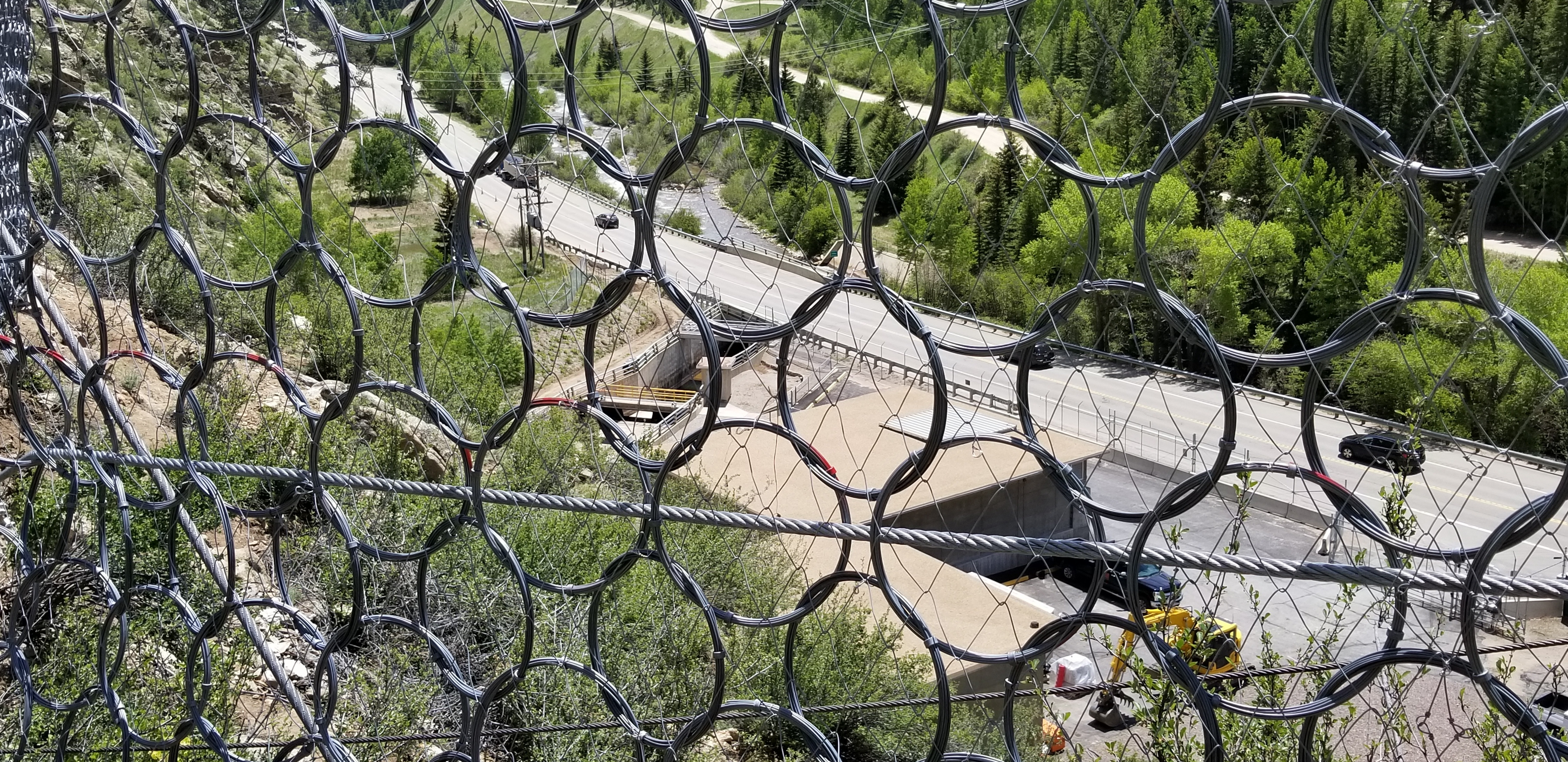
Famed tunnel under Continental Divide brings water — and the juice
The Roberts Tunnel is well known in the Colorado water world for its key purpose: moving water 23 miles under the Continental Divide, from Dillon Reservoir to the North Fork of the South Platte River, so it can flow onward to Denver Water customers.
Fewer people may know that the Roberts Tunnel is also a major source of electricity for Denver Water.
A hydroelectric facility at the tunnel’s exit point on the North Fork river near Grant, about an hour southwest of Denver on U.S. Highway 285, has an output of up to 6 megawatts. That’s roughly enough electricity to meet the demands of 4,500 homes at the same time.
It’s the largest single generating unit in Denver Water’s extensive hydropower network, and it takes advantage of the energy created as the water drops 180 feet in elevation as it moves through the tunnel.
“We are using the pressure of Dillon Reservoir to produce energy,” explained Ian Oliver, director of Denver Water’s source of supply division. “The water diversion from Dillon to Grant translates to a lot of power.”
This spring, Denver Water began long-planned work to upgrade the facility with new, more efficient components capable of generating additional electricity.
It’s a major undertaking that began in April with a rock anchoring safety project on the steep slopes above the hydropower station. Materials had to be flown in via helicopter, requiring brief closures of the highway near Grant. Work continued into the summer to protect people and new equipment from rock falls.
The entire project, including installation of new electrical and hydropower workings, is projected to cost $12 million and should be complete by autumn of 2021. The upgrades are expected to translate to an additional 1.5 million kilowatt-hours per year in electricity generation.
That’s a lot of kWh. Think about it this way: A ceiling fan running 24 hours a day uses about 92 kilowatt-hours in a month. The additional power from these upgrades would keep that fan running for more than 1,300 years!
“The benefits associated with this work are many,” Oliver said. “It creates a safer environment for our staff and for our assets, it cuts down on maintenance needs and power outages, it increases our revenues from hydroelectric generation, and it’s a source of clean power that reduces dependence on electricity tied to fossil fuels.”
Hydropower is an important source of electricity for Denver Water. And not just at Roberts Tunnel.
Denver Water generates about 65 million emission-free kilowatt-hours a year via seven hydropower units at its dams and treatment plants.
Gross Reservoir southwest of Boulder has the most capacity, with two units capable of generating 4 megawatts each. Together, that’s enough electricity to power about 6,000 homes.
Denver Water’s ability to generate its own electricity saves ratepayers about $4 million a year and continues to be a major way the utility is executing its sustainability and climate initiatives.
Hydroelectricity also is a meaningful part of Colorado’s energy portfolio, with more than 60 hydropower facilities across the state with an installed capacity of 1,150 megawatts, according to the Colorado Energy Office. One megawatt of power generally can meet the demands of about 750 homes.
Electricity from renewable sources, especially wind, has more than doubled since 2010 to nearly one-fourth of the state's net electricity generation in 2017, led by increased wind power, according to the U.S. Energy Information Administration. Hydropower accounts for about 15% of the renewable generation.
All of Denver Water’s work to increase its hydropower capacity is part of its overall sustainability push and a key part of its goal to get to net-zero electricity use by 2020.
Read more about Denver Water’s ongoing sustainability initiatives in stories on recycling and reducing landfill waste, energy efficient lighting, e-waste recycling, how the utility is addressing climate change, its long history of green practices and the sustainable elements of its evolving operations complex.


